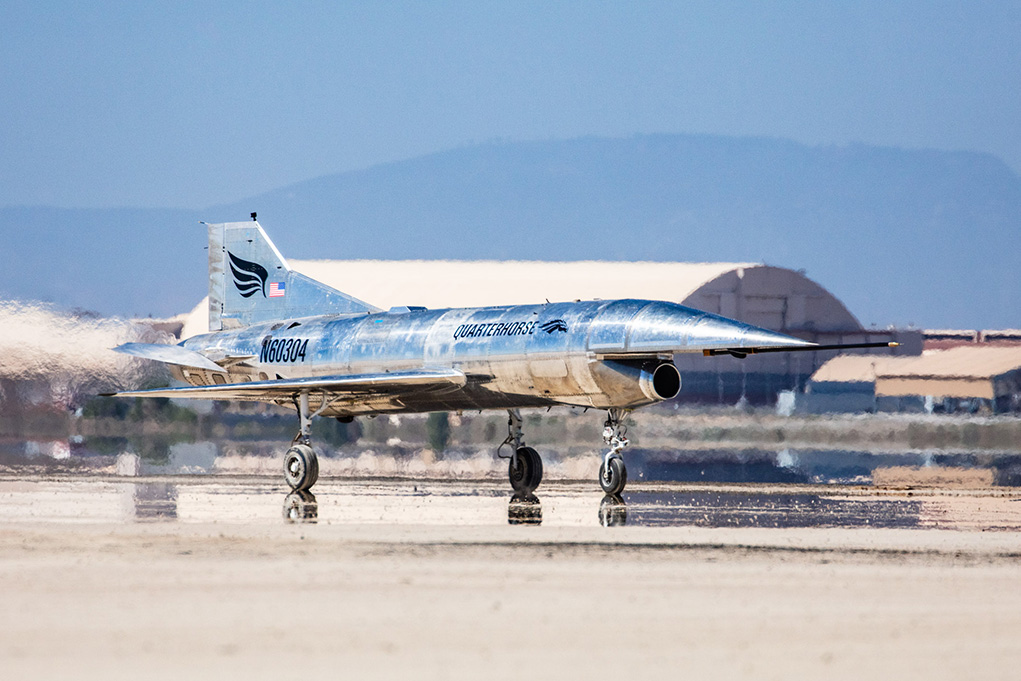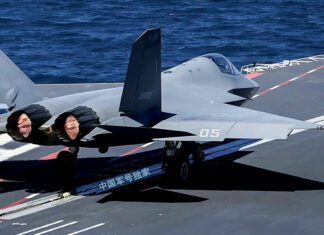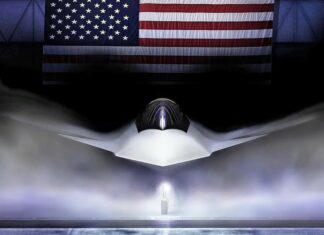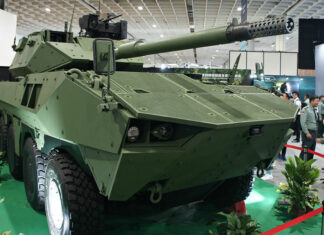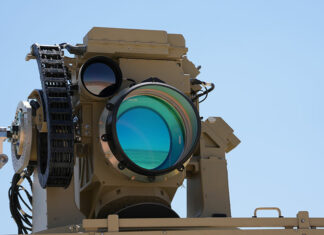The defense technology landscape continued its rapid evolution during the first week of June 2025, marked by significant operational milestones, technological breakthroughs, and strategic business developments. This week’s developments underscore several critical trends reshaping modern defense capabilities: the maturation of unmanned systems from tactical tools to strategic weapons platforms, the operational deployment of directed energy weapons, and the accelerating integration of artificial intelligence across defense applications.
The period was punctuated by Ukraine’s demonstration of long-range precision strike capabilities using commercial drone technology, Israel’s confirmation of operational laser weapon deployments, and substantial capital market activity reflecting investor confidence in next-generation defense technologies.
Unmanned Systems
Long-Range Precision Strike Capabilities
Ukraine’s “Operation Web” represents a watershed moment in unmanned aerial warfare, demonstrating how First-Person-View drones can execute precision strikes at unprecedented distances of 4,300 kilometers. The operation targeted Russian strategic bomber fleets across four airbases, resulting in damage or destruction of at least 41 bombers, transport aircraft, and one Airborne Early Warning and Control aircraft. The estimated $2 billion in asset destruction achieved through relatively low-cost unmanned aerial systems illustrates the asymmetric potential of commercially derived drone technology. (Read the article)
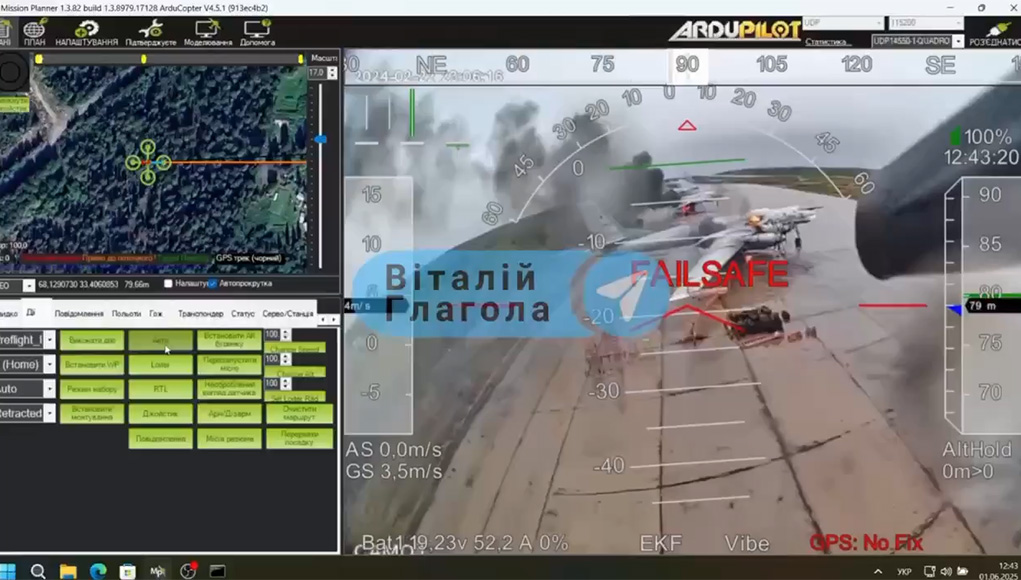
Next-Generation Unmanned Platforms
The U.S. Air Force’s $100 million contract with General Atomics Aeronautical Systems for the “GHOST” drone development program marks the integration of hybrid-electric propulsion with stealth capabilities. The system’s electric propulsion design eliminates contrails and audible signatures, allowing undetected operation in contested environments. Development is expected to be completed by mid-2028, with capabilities including intelligence, surveillance, reconnaissance, and strike missions.
AI-Enhanced Swarm Technologies
Lockheed Martin’s collaboration with Red Hat enhances autonomous swarm operations through containerization capabilities and lightweight, modular architecture. This system facilitates real-time threat detection and response while ensuring open architecture compatibility for blending commercial and defense technologies. The tactical quadcopter platform provides 360-degree reconnaissance capabilities, enhanced by artificial intelligence and machine learning for multi-step tasking in complex environments.
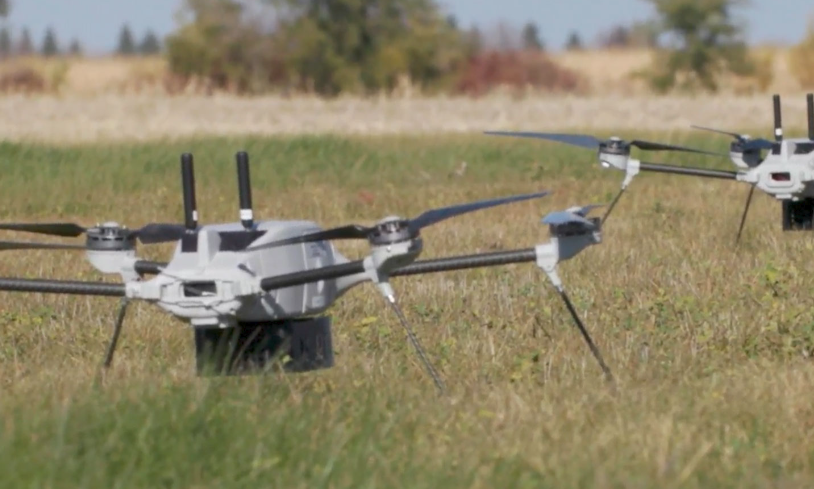
Directed Energy Weapons: From Prototype to Operational Deployment
Israel’s Ministry of Defense confirmed the operational use of high-energy laser weapons in combat operations since 2024 during the Swords of Iron War. Rafael Advanced Defense Systems’ high-energy laser weapon prototypes have successfully destroyed dozens of loitering weapons and One-Way Attack drones across multiple fronts, demonstrating large-scale operational laser interception capabilities.
Rafael’s Iron Beam systems are scheduled for production delivery by the end of 2025, with integration planned for Iron Dome Counter-Rocket, Artillery, and Missile batteries. The systems will provide close-range defense against unmanned aerial vehicles, loitering weapons, and similar threats. Elbit Systems, as the supplier of laser systems, has received a preliminary order from the Ministry of Defense worth $200 million. (Read the article)
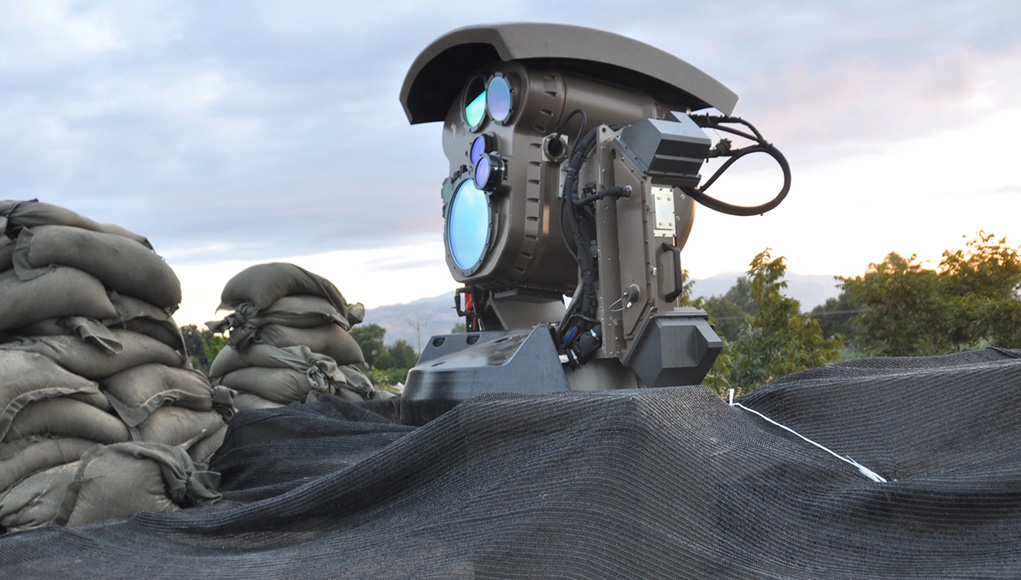
Defense Manufacturing
European Production Capabilities
European defense manufacturers are accelerating domestic production of Armored Fighting Vehicles amid regional security tensions. Patria and General Dynamics European Land Systems (GDELS) initiated ASCOD Infantry Fighting Vehicle assembly of 42 vehicles in Latvia under a €373 million contract. At the same time, Tatra Defence Vehicle unveiled its PANDUR II EVO 8×8 at IDET 2025 in the Czech Republic. Czechia plans to buy 68 new Pandur II EVOs and upgrade 107 of its existing Pandur II CZ 8×8 APCs. Both platforms will use a common turret system based on Elbit Systems’ UT30MMK2 system.
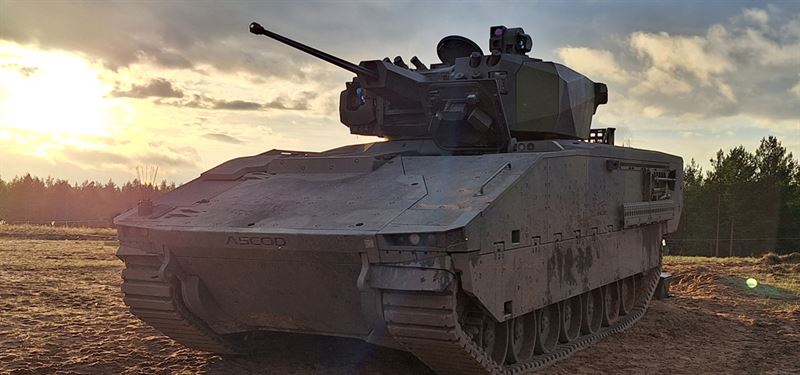
These developments reflect technology transfer models and geographic diversification of armored vehicle production, addressing supply chain resilience and domestic job creation requirements.
Morocco’s decision to locally produce the Indian WhAP 8×8 Infantry Fighting Vehicle, developed by Tata Advanced Systems Ltd (TASL) and featuring Elbit Systems turrets, including the UT30MK2 30mm and possibly the Crossbow 120mm mortar, demonstrates the expanding defense relationship between Israel and Arab states following the Abraham Accords framework. The contract covers approximately 150 Wheeled Armoured Platform vehicles and builds upon Elbit’s previous ATMOS howitzer deal with Morocco. (Read the article)
Barrett Firearms to Produce Advanced Grenade Launcher
Barrett Firearms Manufacturing won the U.S. Army’s xTech Soldier Lethality competition, securing a contract for an advanced 30mm precision grenade rifle system featuring programmable air-bursting capabilities and specialized ammunition designed for modern battlefield applications. (Read the article)
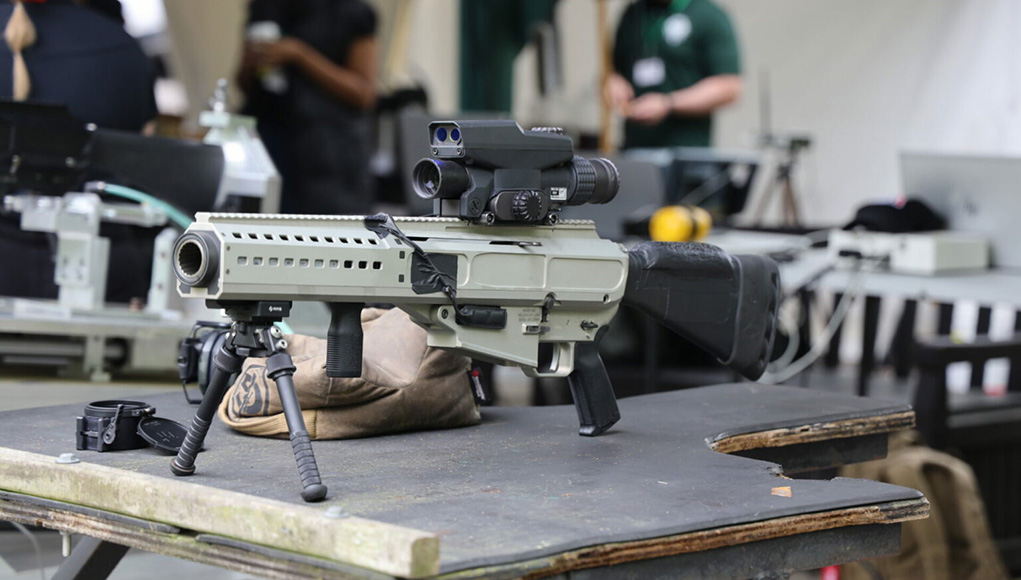
Aerospace Systems Development
India’s Fifth-Generation Fighter Program
India formally approved its Advanced Medium Combat Aircraft program, joining the fifth-generation stealth fighter market with a twin-engine advanced fighter jet. The program departs from mandatory development by Hindustan Aeronautics Limited, introducing competitive bidding opportunities for private sector companies.
The AMCA roadmap targets the completion of the first of five prototypes by 2027 at ₹1,000 crore ($115 million), the first flight in 2028, and serial production to begin in 2034 at a unit cost of below $100 million. The program supports India’s Atmanirbharta self-reliance objectives while building domestic technological capabilities for future aerospace projects. (Read the article)
F-35 Program Update
The F-35 program continues to evolve with proposed “F-35+” enhancements, including improvements in low-observable characteristics (coatings, surfaces, intake and nozzle, sensors, electronic warfare, and weapon integration) beyond the current Block 4 phase. One capability Lockheed Martin is exploring is the optionally unmanned operation of the aircraft. Improvements are also suggested to the helmet-mounted display to address emerging neck injury concerns. The study published by the Aerospace Medical Association represents the first investigation into neck and back pain among F-35 pilots. It shows a higher rate of both back and neck pain compared to F-16 pilots. The study indicates equipment and seat angle appear to be the main contributing factors. Targeted interventions are needed to prevent structural injuries, improve performance, and increase deployability.
Hypersonic Technology Advancement
Hermeus Corporation successfully achieved the first flight of its Quarterhorse Mk 1 hypersonic demonstrator on May 27, 2025, moving from a clean sheet to flight-ready status in just over a year. The test campaign validated the high-speed takeoff and landing capabilities of large uncrewed aircraft, with data confirming the design and performance models, including aerodynamics, stability, and control systems.
Quarterhorse Mk 2, which is currently being manufactured in Atlanta and scaled to F-16 dimensions, is designed to reduce risks associated with uncrewed supersonic flight and is scheduled for flight testing later this year. The iterative development approach emphasizes hardware richness through the rapid succession of multiple prototypes. (Read the article)
Midnight eVTOL Transition from Autonomous to Piloted Flight
Archer Aviation has begun the next phase of Midnight’s flight test program showcasing piloted flight. This phase builds on years of safe, autonomous flight testing across its various aircraft platforms, which have validated its proprietary 12-tilt-6 vertical takeoff and landing (VTOL) configuration. Midnight cruised at speeds up to 125 mph and reached a maximum altitude of over 1,500 feet above ground level during the flight.
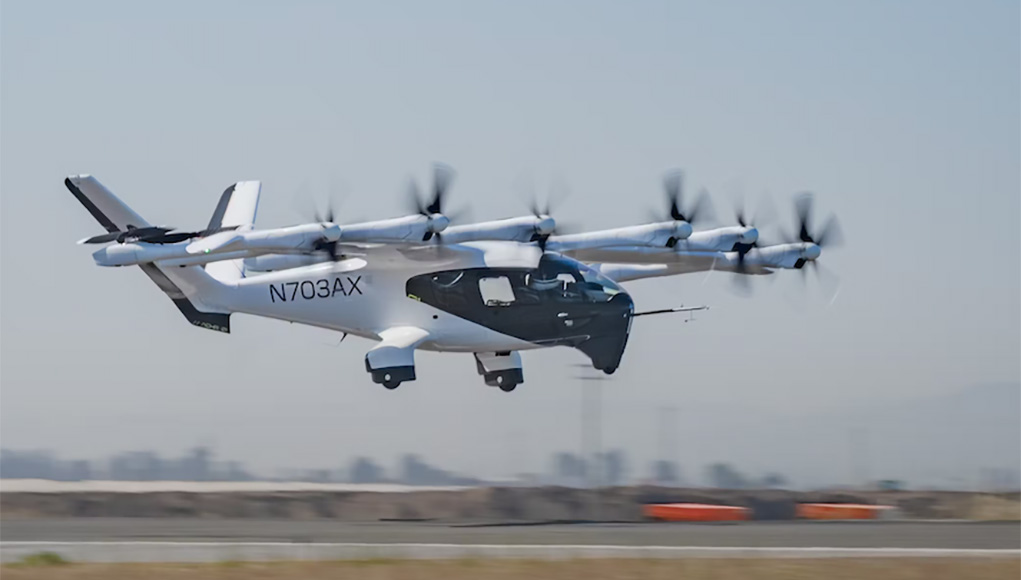
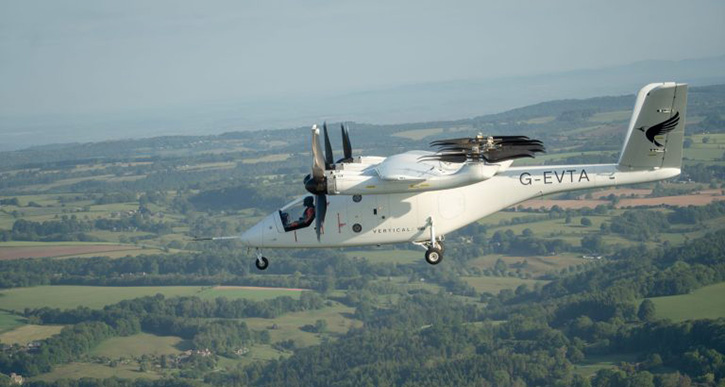
VX4 eVTOL Progress
Vertical Aerospace successfully conducted the first piloted electric Vertical Takeoff and Landing flight in uncontrolled open airspace over the UK, with the VX4 prototype completing takeoff, flight, and landing operations using wing-generated lift. The aircraft is scheduled for piloted transition flight testing in the second half of 2025.
AI and Software Integration
Strategic Technology Partnerships
Anduril Industries and Meta Platforms have announced a joint venture to develop extended reality (XR) military training systems, building on over a decade of investment in advanced hardware, software, and artificial intelligence. This privately funded initiative aims to equip warfighters with improved perception and intuitive control of autonomous battlefield platforms.
Microsoft’s integration with Figure Eight Federal combines data labeling technology capabilities with Azure Platform-as-a-Service for data governance, data pipelining, MLOps, generative AI, and analytics. The collaboration integrates Azure OpenAI services to enhance data operations and drive innovation across mission-critical data environments for the Department of Defense and the intelligence community.
Capital Markets and Business Development
Major Acquisitions and Investments
Significant capital market activity reflected investor confidence in defense technology sectors.
Elbit Systems raised $512 million on Nasdaq to expand European production capacity and invest in High Energy Laser research and development.
Motorola Solutions acquired mesh network radio specialist Silvus Technologies for $4.4 billion, strengthening its position in tactical communications and unmanned aerial systems solutions.
Rocket Lab entered the payload market through its $275 million acquisition of Geost, positioning the company as a growing force in the national security space. The acquisition adds electro-optical and infrared payload capabilities with over 20 years of classified and unclassified mission heritage.
Trident Solutions After the sale of Geost to Rocket Lab, ATL launched a new subsidiary—Trident Solutions. The new company combines ATL’s two remaining divisions, LightRidge, Trident Systems, and Ophir Corporation, into a newly integrated platform.
Northrop Grumman invested $50 million in Firefly Aerospace to advance production of their co-developed Eclipse medium launch vehicle. The system offers significant improvements in power, performance, production cadence, and payload capacity, with first launch from Wallops Island, Virginia, scheduled for 2026.
TAT Technologies raised $124 million last week through a public offering, which is expected to generate approximately $42.3 million to support continued expansion and strategic growth initiatives. TAT provides products and services to the commercial, military aerospace, and ground defense industries.
Market Outlook and Investment Themes
Growth Sectors
Counter-unmanned aerial systems and air defense technologies represent rapidly expanding segments, driven by operational lessons from the Ukraine-Russia conflict and rising global demand for rear-area protection systems. Hypersonic technologies encompass both offensive and defensive applications, with companies demonstrating commercial viability while established contractors invest in the development of countermeasures.
Geographic Opportunities
Eastern European markets prioritize localized production and NATO standardization as regional security imperatives drive substantial increases in defense budgets and technology transfer partnerships. Countries in this region invest in defense capabilities above the NATO member averages due to the acute threats they face and the realization that they must maintain a defensive posture until broader alliance support arrives. As for ground combat systems opportunities, Elbit Systems paces well, offering modular, integrated turret systems for combat vehicles produced in Europe and abroad.
Indo-Pacific regional tensions drive investments in credible deterrent capabilities, with nations seeking naval capabilities, combat aircraft, missiles, and drone systems. Abraham Accords countries continue to integrate Israeli defense technologies despite ongoing regional conflicts, creating new opportunities for export and cooperation in system development and procurement that were previously unavailable to Arab militaries.
Summary
The first week of June 2025 demonstrated the accelerating convergence of commercial technology with military applications, particularly in unmanned systems and artificial intelligence. Ukraine’s long-range drone operations and Israel’s operational laser weapon deployments confirm the transition of emerging technologies from experimental to battlefield-proven capabilities.
The substantial capital market activity, including over $6 billion in defense-related acquisitions and investments, reflects strong confidence in the defensetech sector. The emphasis on localized production capabilities across European, Middle Eastern, and Asian markets indicates a fundamental shift toward supply chain resilience and technological sovereignty.
As artificial intelligence integration advances through strategic partnerships between traditional defense contractors and technology companies, the defense industry continues its digital transformation. The combination of operational validation, financial investment, and technological advancement positions the sector for continued growth and innovation in addressing evolving security challenges.


